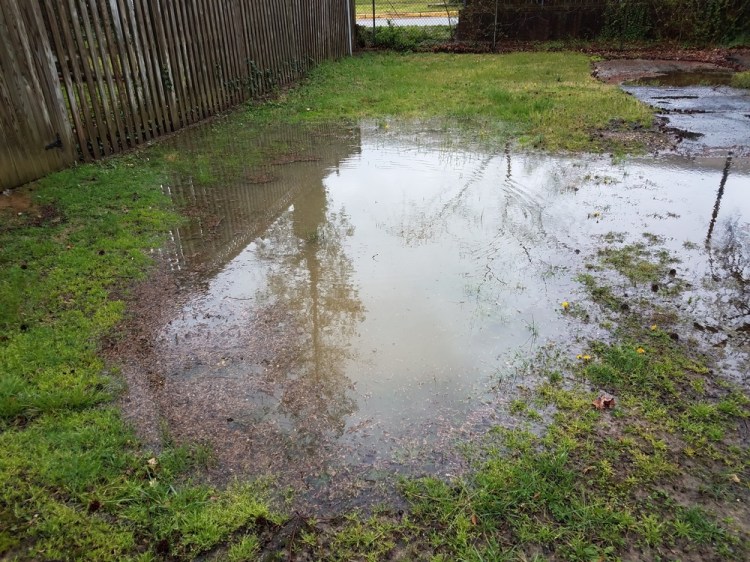As spring rains start rolling in, homeowners who have yet to deal with soggy lawns might not be feeling the joy of renewal. Installing a new drainage system is a big and possibly necessary job, but strategically planting a rain garden can start alleviating some of your issues. And you don’t need to have flooding to be part of building a better neighborhood ecosystem: planting a rain garden helps direct and filter storm runoff while creating landscaping that’s as useful as it is attractive.

Shutterstock
What is a rain garden?
In the most basic terms, a rain garden is a collection of native plants in a strategically placed depression in your yard. Water flows into the depression, slowly soaks into the ground, and returns to the groundwater cleaner than it started. Rain gardens are an easy way to help filter and direct water runoff from surfaces like rooftops and pavement. When water runs across these surfaces, it picks up chemicals and other pollutants (especially pet waste) that shouldn’t be introduced directly into rivers and groundwater. Having a rain garden that first collects and filters that runoff will help protect your area’s clean water supply and prevent erosion and flooding.
Rain gardens benefit the environment no matter where you live. Desert homeowners can help prevent flash flooding and erosion from infrequent but sudden downpours. Homeowners in rainy climates can take pride in helping to filter and clean polluted run-off water. If you live somewhere that gets rain and has native plants, you could build yourself a rain garden as your next weekend project.
HOME AND ENVIRONMENTAL CONSIDERATIONS
Although rain gardens are suited for every climate, they’re not suited for every spot in the yard. Large or small, you’ll want to scope out the environment around your home to find the best space for your garden. The easiest location is a spot that’s currently on the water route between a downspout and the pavement/street. If this area is already soil, check to ensure the balance of nutrients is ideal for native plants in your area—a local nursery can help with this—and amend it if necessary. Also, check with your utility companies before digging a large garden area.
CHOOSING YOUR GARDEN SIZE
The size of your rain garden will depend on the expected amount of runoff you’d like to filter and absorb. More frequent runoff means a larger garden. However, the speed at which your soil drains is also an important factor. Test this speed by filling a hole (two feet deep) with water and measuring how much it drains in about 12 hours. If it’s less than 6 inches, you’ll need to dig down about 2.5 feet for your garden. More than 6 inches means your garden can be about 1.5 feet deep.
PREPARING THE AREA
Remove any grass from the garden spot. Lawns do not absorb and filter water well. Dig out your space and amend the soil as necessary. Don’t worry about rocky soil—this can aid in filtration! Remember to dig the space as a bowl, with a deeper middle and sloped sides, to aid in water pooling. If your garden isn’t reasonably close to the downspout, you’ll need to add piping to direct the water from the spout into the soil. Dig a trench to bury the piping for a more attractive option.
NOW GET PLANTING
The plants in your rain garden should be native species that tolerate various water conditions. Plants in the very middle will have wet roots for prolonged periods, while those on the outer ring of the garden will stay dry most of the time. A local nursery can help you choose plants that tolerate these various zones of moisture well. Native plants are essential in a rain garden because they have the best-adapted root systems for the area and can filter the water most effectively. Add mulch around the plants to help retain moisture and keep out weeds.
Copy the Story LinkComments are not available on this story.
Send questions/comments to the editors.


